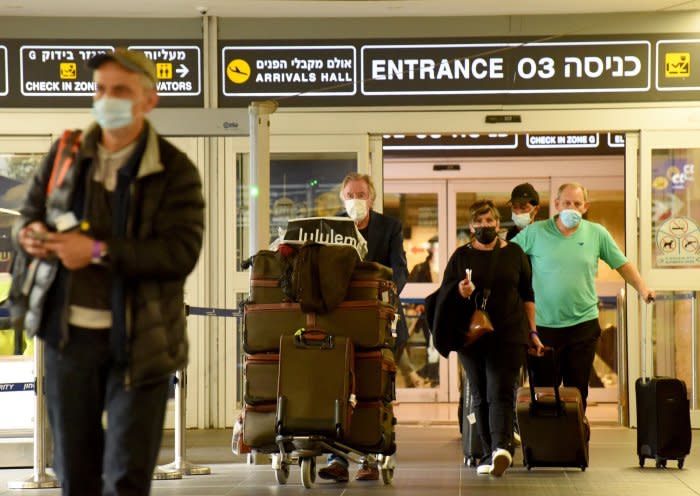On This Day, Nov. 1: U.S. tests first hydrogen bomb, Ivy Mike
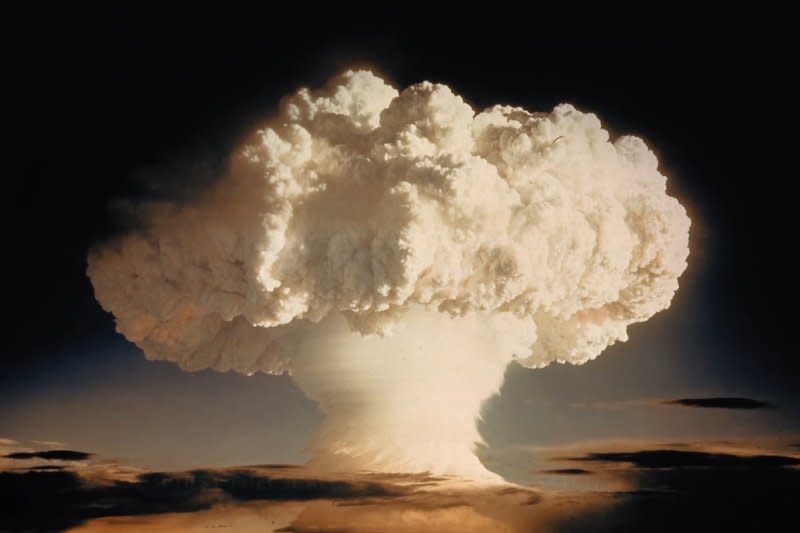
Nov. 1 (UPI) -- On this date in history:
In 1512, the ceiling of the Sistine Chapel in Rome, one of Italian artist Michelangelo's most famous works, was exhibited to the public for the first time.
In 1604, William Shakespeare's Othello made its debut.
In 1755, an earthquake in Lisbon, Portugal, killed 60,000 people.
In 1800, U.S. President John Adams and his family moved into the newly built White House after Washington became the U.S. capital.
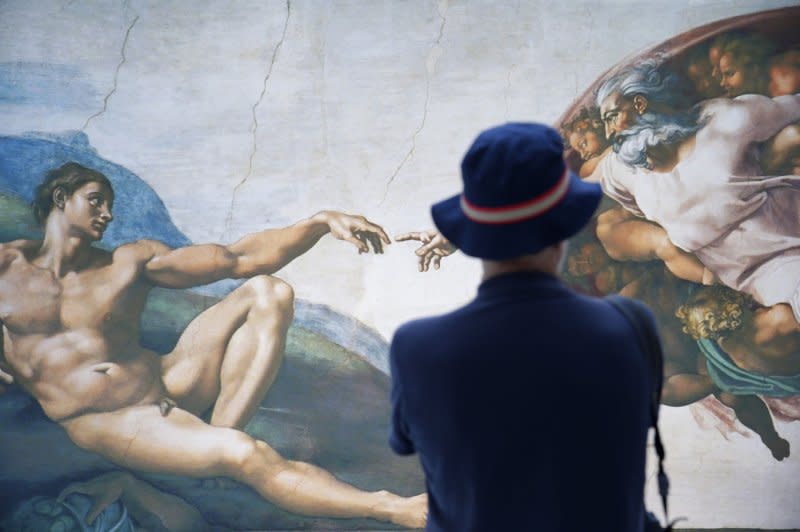
In 1915, Parris Island was officially designated a Marine Corps Recruit Depot used for the training of enlisted Marines.
In 1938, Seabiscuit beat War Admiral in horse racing's "match of the century."
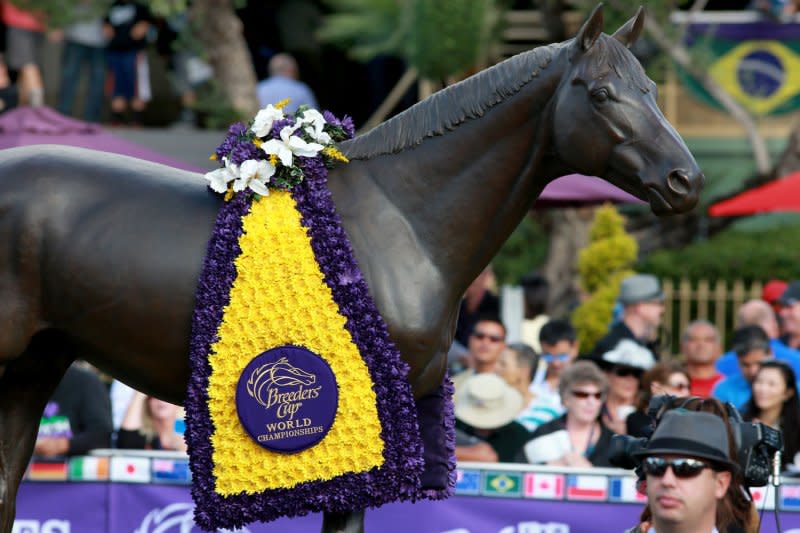
In 1945, Ebony magazine, founded by John H. Johnson, published its first issue.
In 1950, two Puerto Rican nationalists tried to force their way into the Blair House in Washington in an attempt to assassinate U.S. President Harry Truman.
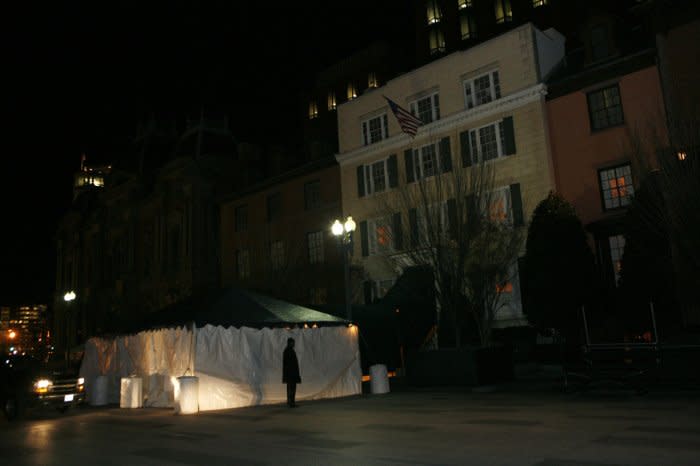
In 1952, the United States tested the world's first hydrogen bomb, code named Ivy Mike, on Eniwetok atoll in the Pacific Ocean.
In 1990, McDonald's, under pressure from environmental groups, said it would replace plastic food containers with paper.
In 1993, the Maastricht Treaty took effect, formally establishing the European Union and leading to the creation of the Union's single currency, the euro.
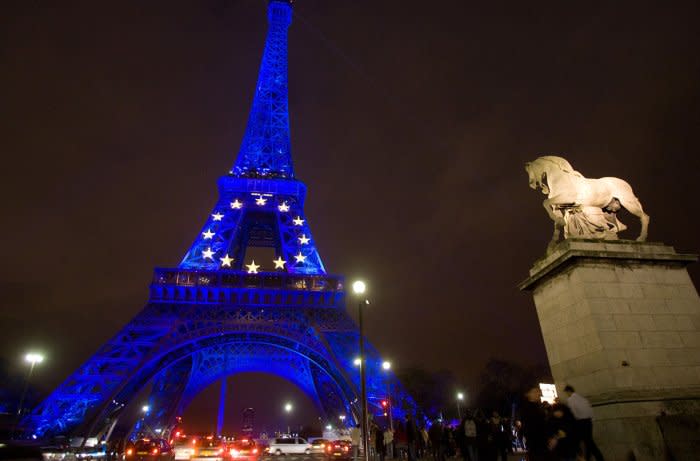
In 2008, Maj. Sebastian Morley, the top British Special Forces commander in Afghanistan, resigned to protest what he called lack of proper equipment for combat troops. He blamed "chronic underinvestment."
In 2013, a U.S. drone strike killed Hakimullah Mehsud, leader of the Pakistani Taliban, and four other militants.
In 2021, the global death toll from COVID-19 surpassed: "https://www.upi.com/Top_News/World-News/2021/11/01/COVID-19-global-deaths-five-million/9741635772782/" target="_blank"} 5 million. The United States lead all nations in fatalities with more than 745,000.
